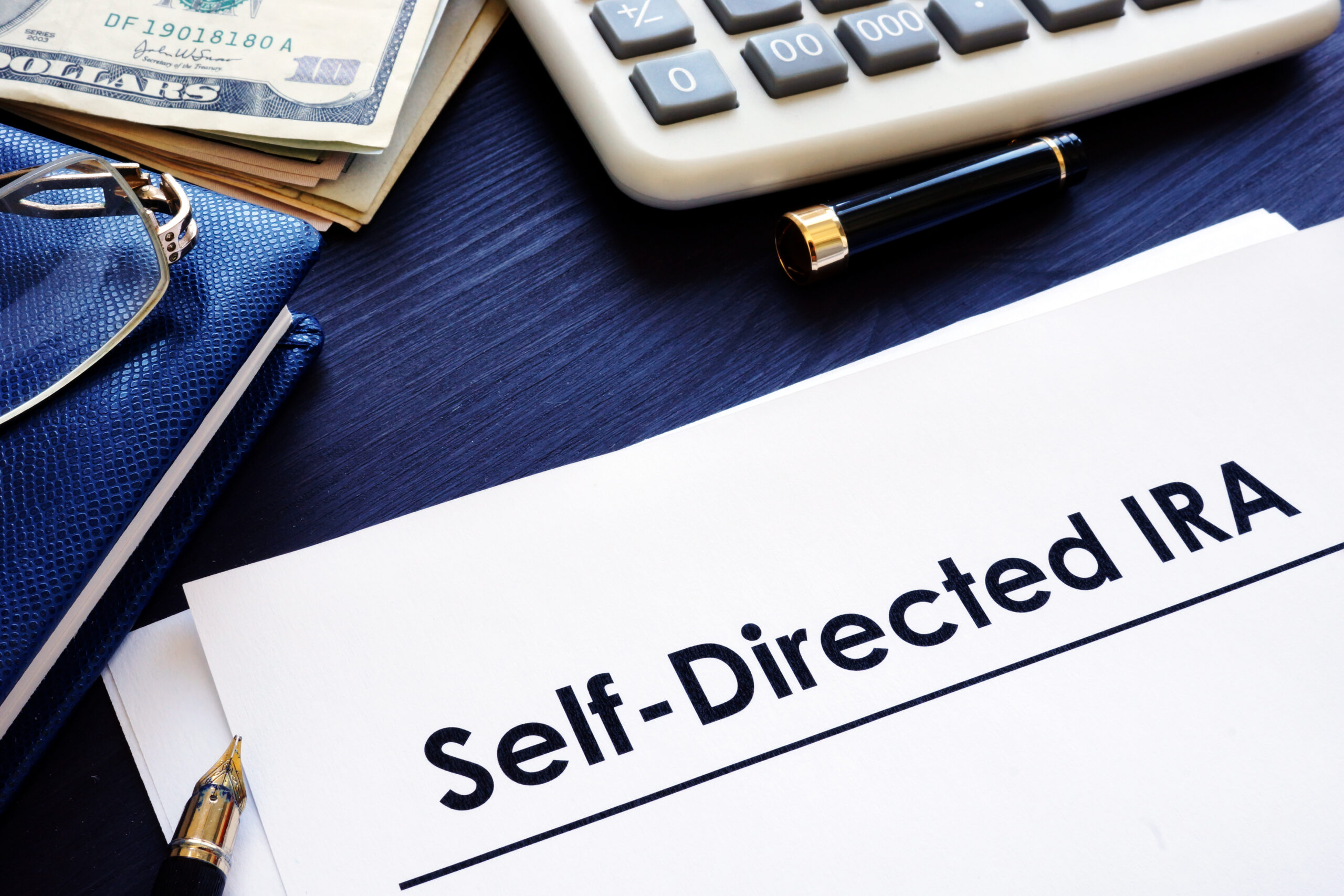Introduction
Investing in a Self-Directed IRA can offer a variety of benefits, including the opportunity to diversify your retirement portfolio and potentially earn higher returns. However, it is important for investors to be aware of the potential risk of fraud associated with Self-Directed IRAs. In this investor alert, we will discuss the risks of fraud in Self-Directed IRAs and provide guidance on how to protect yourself against fraudulent schemes.

Understanding the Risks
- Unregulated Investments: Self-Directed IRAs allow investors to invest in a wide range of alternative assets, including real estate, private placements, and precious metals. While this flexibility can be advantageous, it also opens the door to fraudulent investments that are not subject to the same level of scrutiny as traditional assets.
- Complexity and Lack of Oversight: Self-Directed IRAs often involve complex investment structures and transactions. This complexity, coupled with the lack of oversight from traditional financial institutions, can make it easier for fraudsters to exploit unsuspecting investors.
- Promissory Notes and Ponzi Schemes: Some fraudsters may use Self-Directed IRAs to promote fraudulent investment schemes, such as promissory notes or Ponzi schemes. These schemes promise high returns but ultimately result in the loss of invested funds.
Tips to Protect Yourself
- Research and Due Diligence: Before investing in a Self-Directed IRA, thoroughly research the investment opportunity and conduct due diligence on the custodian or investment sponsor. Verify their credentials, check for any disciplinary actions, and seek independent advice if needed.
- Beware of Guarantees and High Returns: Be cautious of investment opportunities that promise guaranteed returns or unusually high rates of return. These claims can be red flags for potential fraud.
- Check Custodian’s Credentials: Ensure that the Self-Directed IRA custodian is reputable, licensed, and regulated by relevant authorities. Review their track record and seek recommendations from trusted sources before trusting them with your retirement funds.
- Understand the Investment: Take the time to thoroughly understand the investment opportunity, including associated risks, terms, and potential conflicts of interest. If you don’t fully understand an investment, seek professional advice before proceeding.
- Regularly Monitor Your Account: Keep a close eye on your Self-Directed IRA account statements and transactions. Report any suspicious activity, unauthorized withdrawals, or irregularities to your custodian immediately.
- Stay Informed: Stay updated on the latest investment scams and potential fraudulent schemes targeting Self-Directed IRAs. Educate yourself about common red flags and warning signs of fraud.
Reporting Fraud
If you suspect fraud or encounter a potential fraudulent scheme involving your Self-Directed IRA, it is crucial to report it promptly. Contact your Self-Directed IRA custodian, local law enforcement, and regulatory authorities such as the Securities and Exchange Commission (SEC) or the Financial Industry Regulatory Authority (FINRA). By reporting the fraud, you can help protect yourself and prevent others from falling victim to the same scheme.
Conclusion
While Self-Directed IRAs can offer unique investment opportunities, investors need to be aware of the risks associated with fraud. By understanding the risks, conducting thorough due diligence, and staying informed, you can protect yourself from potential fraudulent schemes and safeguard your retirement funds. Remember, if something seems too good to be true or raises suspicions, it is important to trust your instincts and seek professional advice before making any investment decisions.




